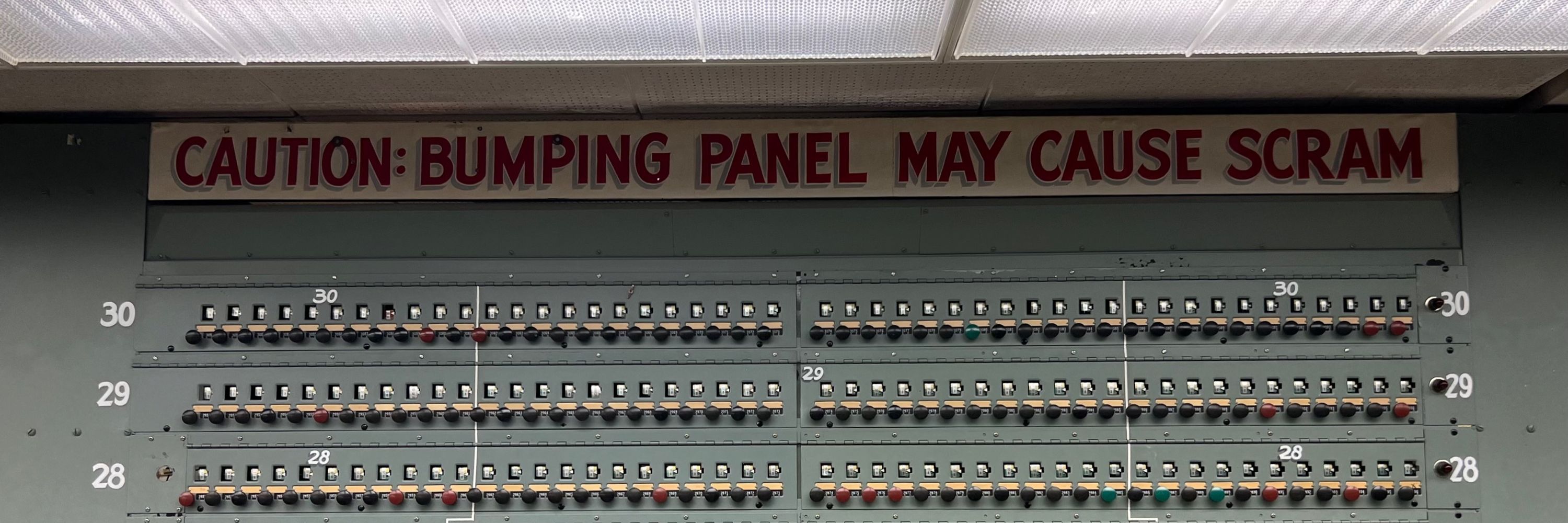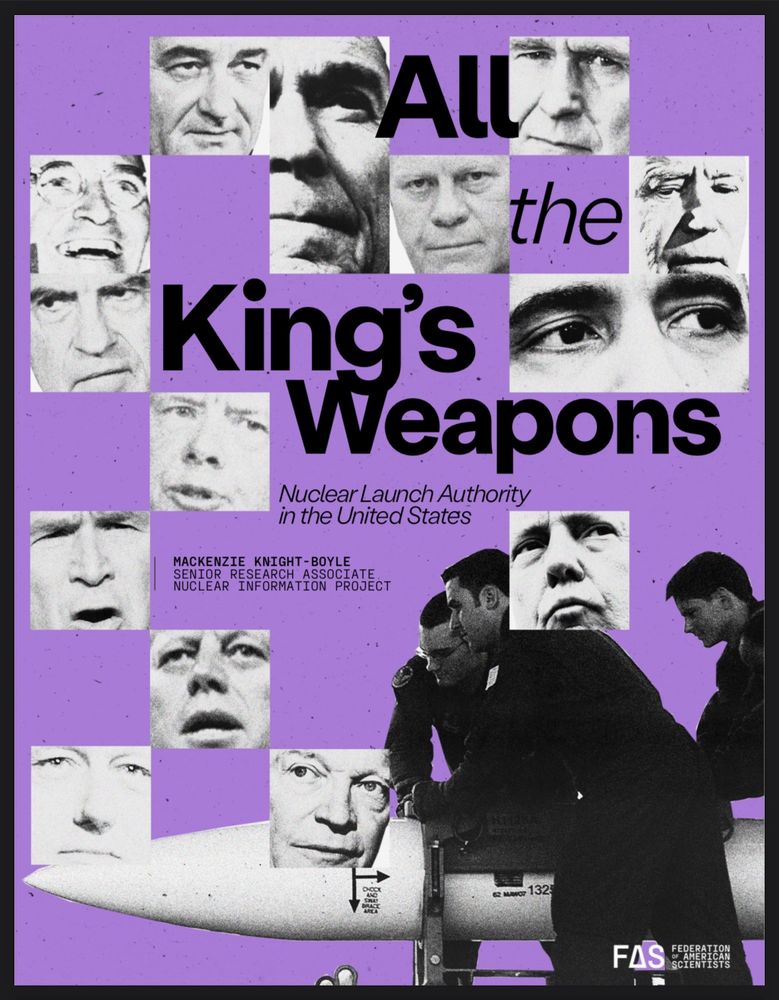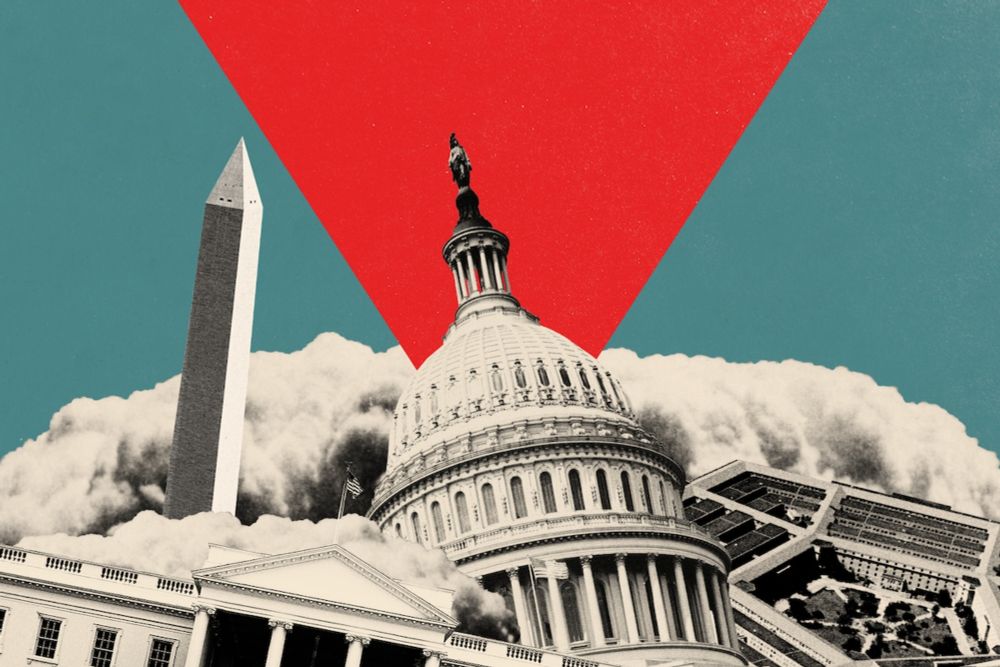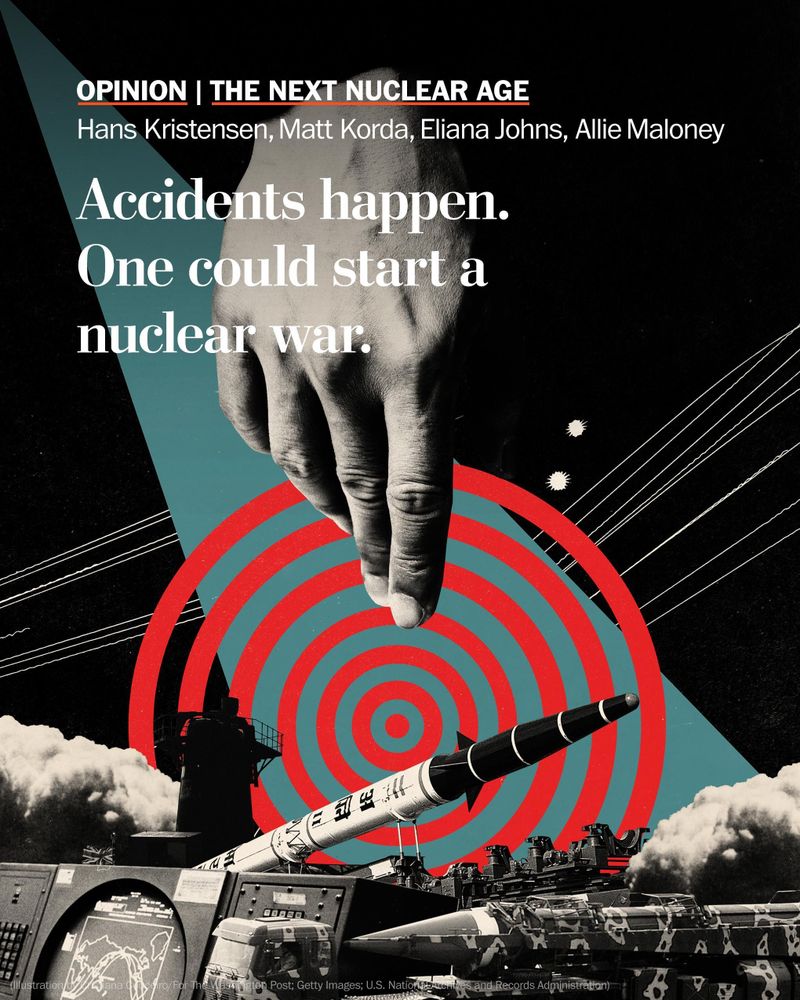Eliana Johns
@elianajjohns.bsky.social
880 followers
150 following
24 posts
Senior Research Associate with Nuclear Information Project @ Federation of American Scientists & Grad Student @ Georgetown SFS | Talks about nukes and satellite imagery | (views are my own)
Posts
Media
Videos
Starter Packs
Pinned
Eliana Johns
@elianajjohns.bsky.social
· Feb 26

The Potential Return of the US Nuclear Mission to RAF Lakenheath
Even without weapons present, the addition of a large nuclear air base in northern Europe is a significant new development that would have been inconceivable just a decade-and-a-half ago.
fas.org
Reposted by Eliana Johns
Reposted by Eliana Johns
Katie Mack
@astrokatie.com
· Sep 1
Reposted by Eliana Johns
Matt Korda
@mattkorda.bsky.social
· Jun 24
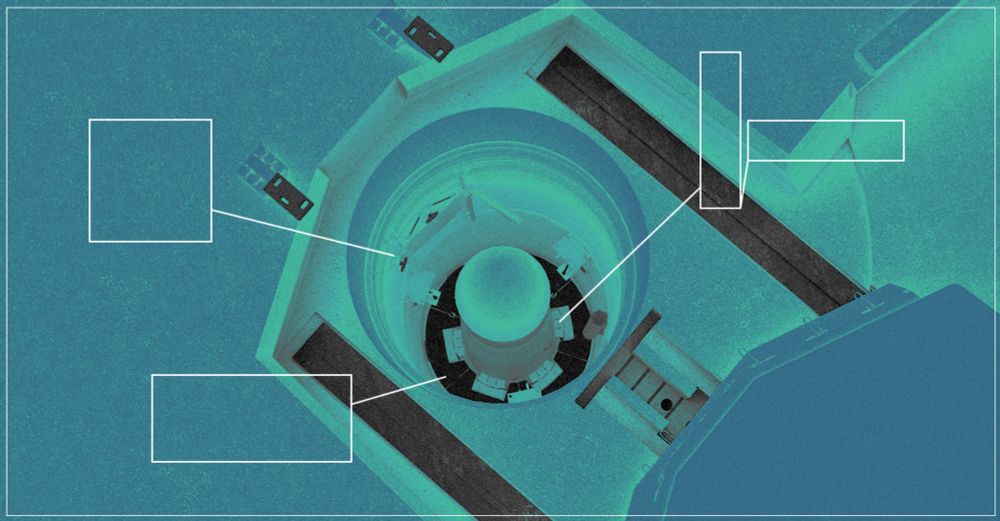
The Two-Hundred Billion Dollar Boondoggle - Federation of American Scientists
Nearly one year after the Pentagon certified the Sentinel intercontinental ballistic missile program to continue after it incurred critical cost and schedule overruns, the new nuclear missile could on...
fas.org
Reposted by Eliana Johns
Reposted by Eliana Johns
Eliana Johns
@elianajjohns.bsky.social
· Jun 18
Reposted by Eliana Johns
Reposted by Eliana Johns
Reposted by Eliana Johns
Reposted by Eliana Johns
